Comments
No comments yet. You can be the first!
What did others read after this?
Content extract
Source: http://www.doksinet Review of ‘Changing the Food Game: Market Transformation Strategies for Sustainable Agriculture’ (Greenleaf Publishing) by Lucas Simons Readings on practical experiences in agricultural trade are always a facinating experience, and the book by Lucas Simons on market transformation strategies certainly adds some challenging new insights. Notwithstanding the lively illustration of processes of market change, the analysis seems a bit too mechanical and is overly confident in the driving role performed by the private sector. We share some common background in the world of commodity certification. Lucas
took charge of the Utz Certified organization and learned a lot from negotiations with processors and retailers. Some ten years before, I was engaged in discussions with coffee cooperatives in Central America – where I lived and worked for more than a decade – to foster their engagement with the first Fair Trade (Max Havelaar) coffee shipments. While the Food Game book shows indeed thorough understanding of the downstream aspects of the supply chain (linkages towards the consumer), my experience is focussed more on the upstream level of the value chain (effects for producers). This makes
me somewhat more sceptical on the envisaged outcomes of market transformations that have generated only minor benefits for smallholder farmers and rural workers. The Food Game basically deals with efforts of market (re)organization through closer linkages between producers, traders, processors, retailers and consumers. If we continue the ‘business as usual’ approach, environmental degradation and rural poverty are likely to become even more pressing. Simons therefore rightly makes a plea for ‘system change’ And here is where the polemics start. Three comments could be made First, even while the book
title refers to ‘food’, most of the analysis is strongly focussed on internationally-‐traded commodities, like coffee, tea, bananas, pineapple and palm oil. This might give the wrong impression that these cash crops represent a major share of agricultural trade. In fact, more than 85% of food production stays within the countries, and short local supply chains that link smallholder farmers with urban areas are of overwhelming importance for food Security. Their transformation asks for changes in risks and transaction costs that are only slightly adressed in Simons’ book. Better roads, crop insurance
systems, market information (mobile phone) and contract compliance are key aspects for improving local food market integration. Second, transforming markets requires mainly a fundamental change in the rules of the game and cannot be expected only from better relationships between supply chain partners. Simons seem far too optimistic about the likelihood to bring about voluntary market transformations, and disregards the key normative role that public authorities have to play to enable a stronger bargaining position for smallholder farmers in (inter)national value chains. Despite all efforts for supporting voluntary
‘fair’, ‘responsible’ and ‘sustainable’ labels have only marginally changed the share that farmers receive. Third, the process of market transformation that Simons outlines, is based on a sequential change of market and bargaining conditions that lead to adaptation and feedback. Such change is conceptualised as a ‘learning’ process that involves all stakeholders and eventually Source: http://www.doksinet leads to a critical mass that is capable of bringing about durable change. This sounds like a smooth process, but in reality market transformations require hard struggles to reach fundamental changes in the
relationships between value chain agents. Overcoming thresholds can only be done if assets are also redistributed between agents. This implies, for instance, that downstream parties are willing to provide upfront finance to their suppliers, based on mutual trust and reliability. For commodities that depend for their profit on future markets, such pre-‐finance arrangements still prove to be difficult to reach. In summary, Simons Book is a welcome contribution to the growing literature on market change, but it provides only sheer insight into the farmers’ side of the equation and tends to be too
optimistic on the political economy arguments that could motivate market change. Prof dr Ruerd Ruben Chair Impact Assessment & Food Security LEI-‐Wageningen University
took charge of the Utz Certified organization and learned a lot from negotiations with processors and retailers. Some ten years before, I was engaged in discussions with coffee cooperatives in Central America – where I lived and worked for more than a decade – to foster their engagement with the first Fair Trade (Max Havelaar) coffee shipments. While the Food Game book shows indeed thorough understanding of the downstream aspects of the supply chain (linkages towards the consumer), my experience is focussed more on the upstream level of the value chain (effects for producers). This makes
me somewhat more sceptical on the envisaged outcomes of market transformations that have generated only minor benefits for smallholder farmers and rural workers. The Food Game basically deals with efforts of market (re)organization through closer linkages between producers, traders, processors, retailers and consumers. If we continue the ‘business as usual’ approach, environmental degradation and rural poverty are likely to become even more pressing. Simons therefore rightly makes a plea for ‘system change’ And here is where the polemics start. Three comments could be made First, even while the book
title refers to ‘food’, most of the analysis is strongly focussed on internationally-‐traded commodities, like coffee, tea, bananas, pineapple and palm oil. This might give the wrong impression that these cash crops represent a major share of agricultural trade. In fact, more than 85% of food production stays within the countries, and short local supply chains that link smallholder farmers with urban areas are of overwhelming importance for food Security. Their transformation asks for changes in risks and transaction costs that are only slightly adressed in Simons’ book. Better roads, crop insurance
systems, market information (mobile phone) and contract compliance are key aspects for improving local food market integration. Second, transforming markets requires mainly a fundamental change in the rules of the game and cannot be expected only from better relationships between supply chain partners. Simons seem far too optimistic about the likelihood to bring about voluntary market transformations, and disregards the key normative role that public authorities have to play to enable a stronger bargaining position for smallholder farmers in (inter)national value chains. Despite all efforts for supporting voluntary
‘fair’, ‘responsible’ and ‘sustainable’ labels have only marginally changed the share that farmers receive. Third, the process of market transformation that Simons outlines, is based on a sequential change of market and bargaining conditions that lead to adaptation and feedback. Such change is conceptualised as a ‘learning’ process that involves all stakeholders and eventually Source: http://www.doksinet leads to a critical mass that is capable of bringing about durable change. This sounds like a smooth process, but in reality market transformations require hard struggles to reach fundamental changes in the
relationships between value chain agents. Overcoming thresholds can only be done if assets are also redistributed between agents. This implies, for instance, that downstream parties are willing to provide upfront finance to their suppliers, based on mutual trust and reliability. For commodities that depend for their profit on future markets, such pre-‐finance arrangements still prove to be difficult to reach. In summary, Simons Book is a welcome contribution to the growing literature on market change, but it provides only sheer insight into the farmers’ side of the equation and tends to be too
optimistic on the political economy arguments that could motivate market change. Prof dr Ruerd Ruben Chair Impact Assessment & Food Security LEI-‐Wageningen University
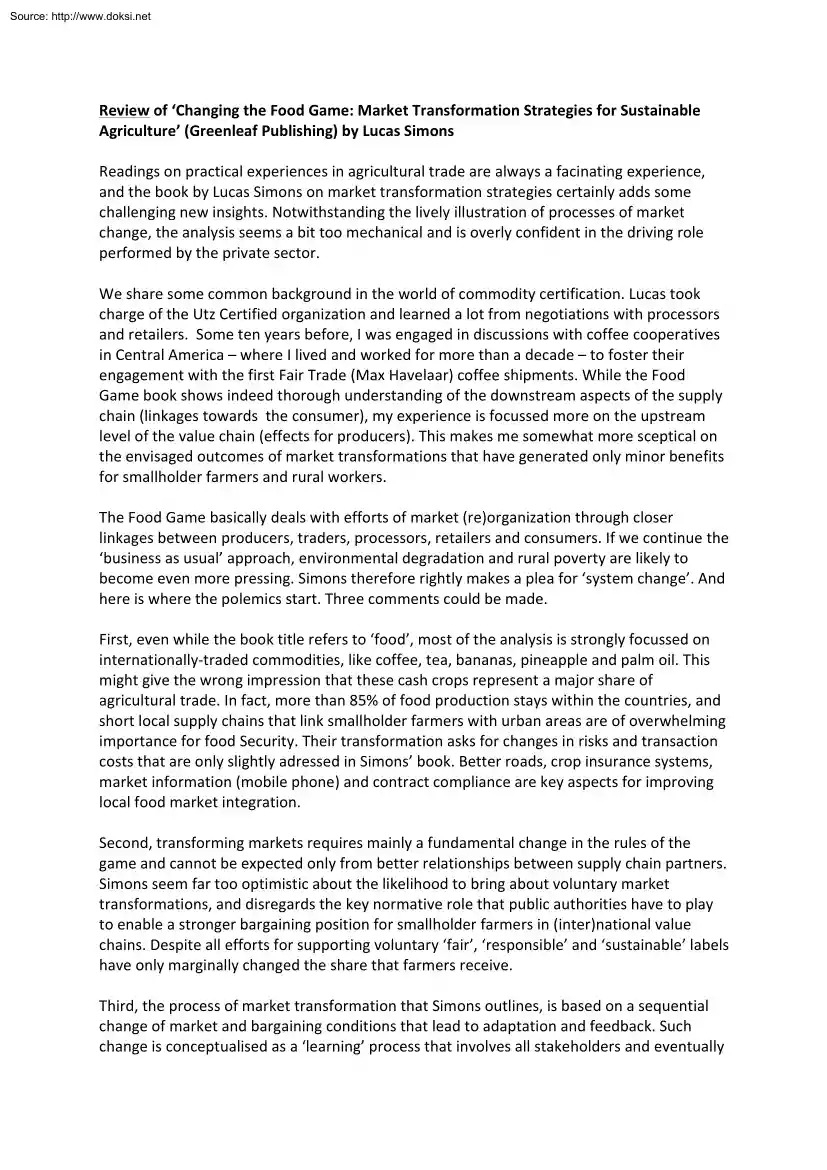
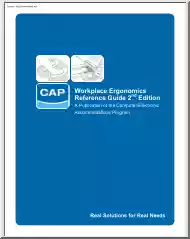
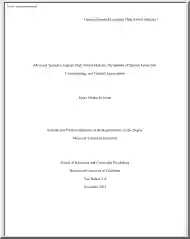
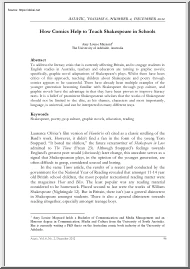
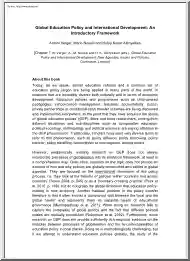
 Just like you draw up a plan when you’re going to war, building a house, or even going on vacation, you need to draw up a plan for your business. This tutorial will help you to clearly see where you are and make it possible to understand where you’re going.
Just like you draw up a plan when you’re going to war, building a house, or even going on vacation, you need to draw up a plan for your business. This tutorial will help you to clearly see where you are and make it possible to understand where you’re going.